Comparing Preformed Waterproofing Membranes
Preformed Waterproofing Membranes: Comparing the Options
When it comes to waterproofing, there are many options available to choose from. With the abundance of choices, it can be difficult to decide on the right solution for your project. This blog post titled “Comparing of various preformed waterproofing membranes” aims to provide readers with a comprehensive comparison of the most popular types of preformed waterproofing membranes, including bituminous, PVC, EPDM, TPO, HDPE, and CPE. By examining the features, advantages, and limitations of each waterproofing membrane type, readers can gain a better understanding of which solution is best suited for their specific needs. With this information, readers can make a well-informed decision and ensure the long-lasting durability of their project.
Table of Contents
APP (Atactic Polypropylene) membrane
APP (Atactic Polypropylene) waterproofing membrane is a type of preformed waterproofing membrane commonly used in construction projects. It is made by blending atactic polypropylene with asphalt and reinforced with polyester or fiberglass.
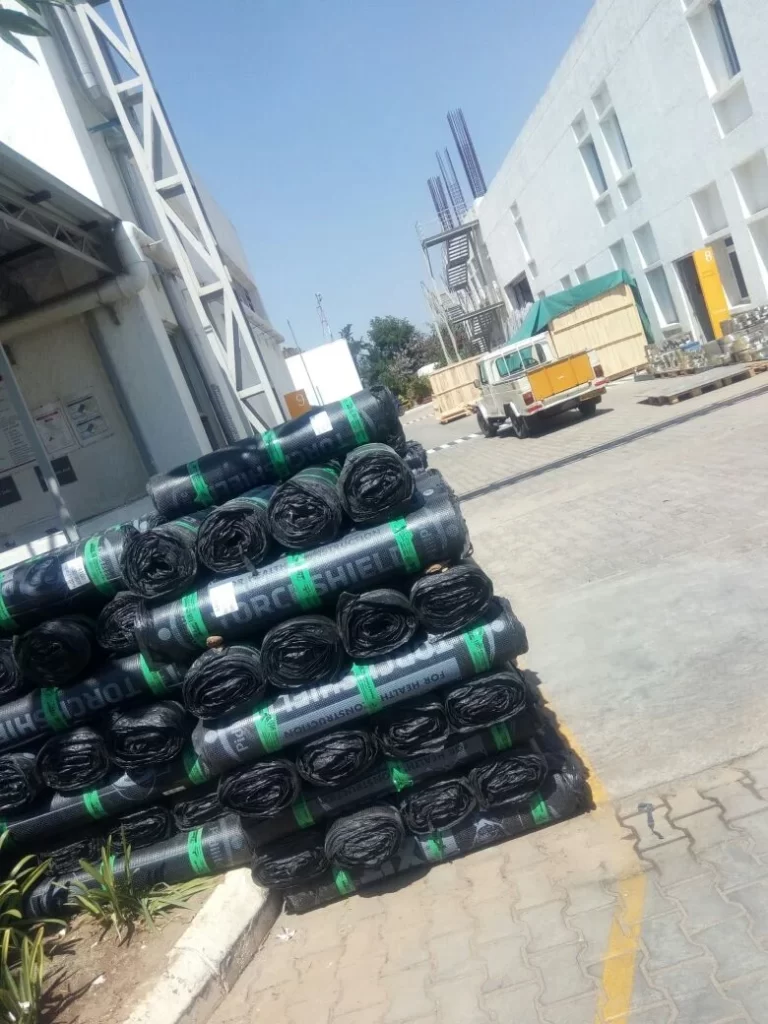

- Features of APP Membranes:
- APP waterproofing membranes are highly resistant to high temperatures, making them suitable for use in hot climates. They have a high resistance to UV radiation and other environmental factors, which makes them an ideal choice for long-term waterproofing. The addition of APP to the bitumen mixture gives APP membranes superior heat resistance and excellent flexibility, even in cold temperatures.
- Advantages of APP Membranes
- APP waterproofing membranes have a long lifespan and are highly durable, making them a cost-effective solution for waterproofing buildings and structures. They are suitable for use in both new construction and retrofitting applications. Due to their high flexibility, APP membranes can be installed over complex shapes and irregular surfaces. They also require minimal maintenance once installed and are highly resistant to root penetration.
- Limitations of APP waterproofing Membranes
- APP membranes are not recommended for use in areas with significant temperature fluctuations. They can become brittle in cold temperatures and lose their flexibility, which can lead to cracking and failure. APP membranes are also more difficult to install than other types of waterproofing membranes and require specialized equipment and experienced professionals.
- Applications of APP Membranes
- APP waterproofing membranes are suitable for use in a wide range of applications, including roofing, foundation walls, and underground structures. They are highly effective in hot climates and can withstand prolonged exposure to UV radiation and other environmental factors. Due to their high flexibility, APP membranes can be installed over complex shapes and irregular surfaces.
SBS (Styrene Butadiene Styrene) waterproofing membranes
SBS (Styrene Butadiene Styrene) bitumen membranes are a popular choice for waterproofing buildings and structures due to their excellent flexibility and durability. They are composed of a mixture of bitumen and synthetic rubber, which gives them superior flexibility even in cold temperatures. In this blog post, we will discuss the features, advantages, and limitations of SBS waterproofing membranes to help readers understand their suitability for various applications.
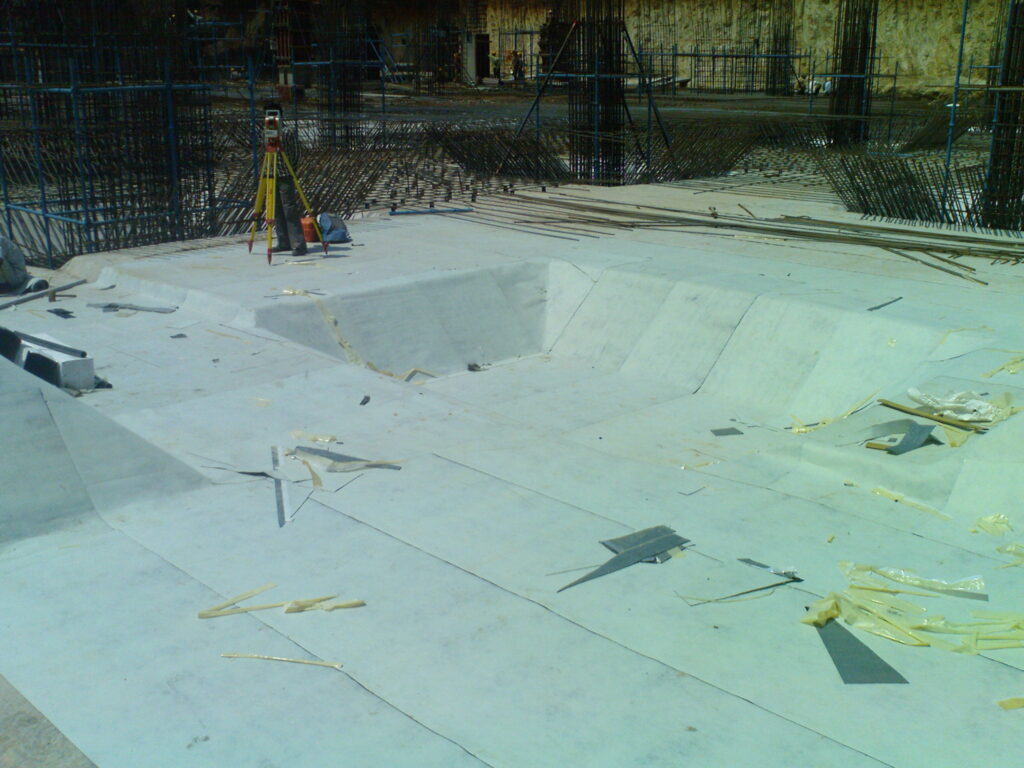

- Features of SBS Membranes
- SBS waterproofing membranes are highly flexible and can adapt well to temperature changes. They have a high resistance to punctures, tears, and chemical agents. The addition of synthetic rubber to the bitumen mixture gives SBS membranes superior flexibility, making them suitable for use in areas that experience significant temperature fluctuations.
- Advantages of SBS waterproofing Membranes
- SBS membranes are highly durable and have a long lifespan, making them a cost-effective solution for waterproofing buildings and structures. They are suitable for use in both new construction and retrofitting applications. Due to their high flexibility, SBS membranes can be installed over complex shapes and irregular surfaces. They can also be used in a wide range of applications, including roofing, foundation walls, and underground structures.
- Limitations of SBS Membranes
- SBS waterproofing membranes are less UV-resistant than other types of preformed waterproofing membranes, which can affect their longevity. They must be covered with slate or ballasted with gravel to prevent sunlight from penetrating the bitumen layer. SBS membranes are also more sensitive to installation conditions, such as substrate preparation, and must be installed by experienced professionals. Finally, SBS membranes can be more expensive than other types of waterproofing membranes.
- Applications of SBS Membranes
- SBS waterproofing membranes are suitable for use in a wide range of applications, including roofing, foundation walls, and underground structures. They can be used on both flat and sloped surfaces and are highly effective in areas with significant temperature fluctuations. Due to their high flexibility, SBS membranes can be installed over complex shapes and irregular surfaces.
EPDM Membrane
EPDM (Ethylene Propylene Diene Monomer) waterproofing membranes are a type of synthetic rubber membrane that has become a popular choice for waterproofing buildings and structures. Due to their superior weather resistance and durability, EPDM membranes have gained a reputation as a reliable and cost-effective solution for long-term waterproofing in a variety of applications. They are highly flexible, easy to install, and suitable for use in areas with significant exposure to UV radiation and other environmental factors. In the following paragraphs, we will discuss the features, advantages, limitations, and applications of EPDM membranes in more detail.
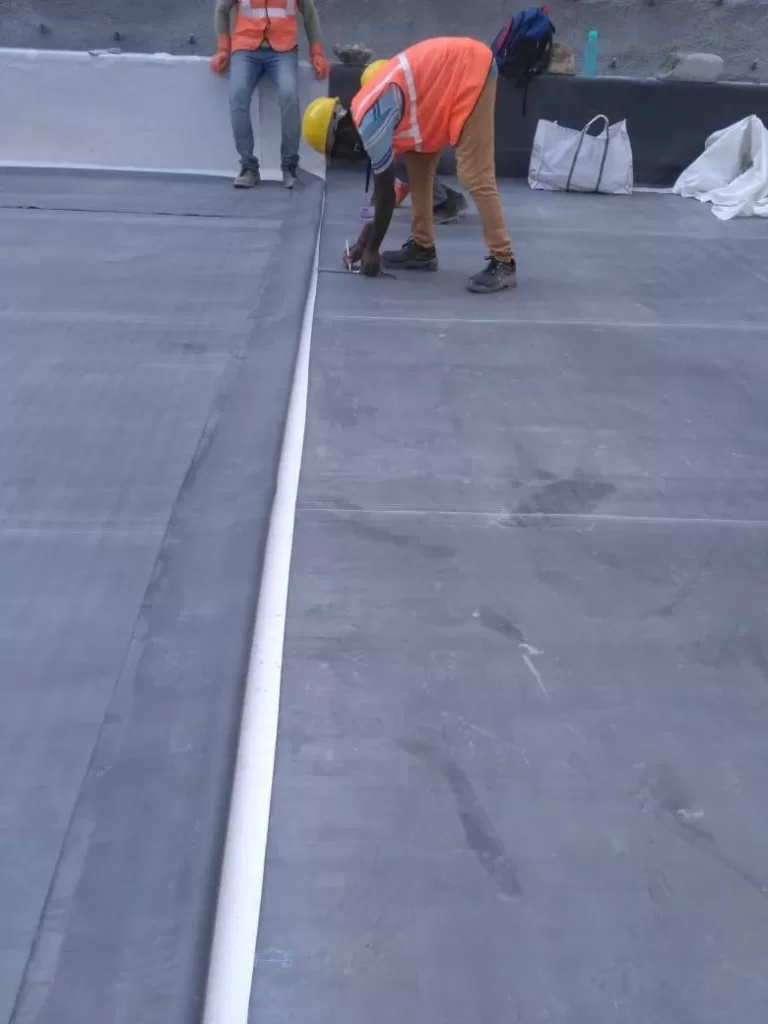

- Features of EPDM Membranes
- EPDM waterproofing membranes are highly resistant to weathering, making them suitable for use in a wide range of applications. They are composed of a synthetic rubber material that is highly flexible and easy to install. EPDM membranes are available in both black and white colors, with the latter providing superior reflectivity and energy efficiency.
- Advantages of EPDM waterproofing Membranes
- EPDM membranes have a long lifespan and are highly durable, making them a cost-effective solution for waterproofing buildings and structures. They are suitable for use in both new construction and retrofitting applications. EPDM membranes are highly resistant to UV radiation, ozone, and other environmental factors, which makes them an ideal choice for long-term waterproofing. They are also highly flexible, which allows them to conform to complex shapes and irregular surfaces.
- Limitations of EPDM Membranes
- EPDM waterproofing membranes can be more expensive than other types of waterproofing membranes. EPDM membranes may be more susceptible to punctures than other types of waterproofing membranes, particularly during installation.
- Applications of EPDM waterproofing Membranes
- EPDM membranes are suitable for use in a wide range of applications, including roofing, foundation walls, and underground structures. They are highly effective in areas with significant exposure to UV radiation and other environmental factors. EPDM membranes are particularly well-suited for use in green roofs, due to their superior weather resistance and flexibility.
TPO waterproofing Membrane
TPO (Thermoplastic Olefin) membranes are a type of single-ply roofing membrane that has gained popularity in recent years due to their durability, energy efficiency, and ease of installation. TPO membranes are composed of a blend of rubber and plastic materials that provide excellent resistance to UV radiation, ozone, and other environmental factors. TPO membranes come in a variety of colors and thicknesses, making them suitable for a wide range of applications. In the following paragraphs, we will discuss the features, advantages, limitations, and applications of TPO membranes in more detail.
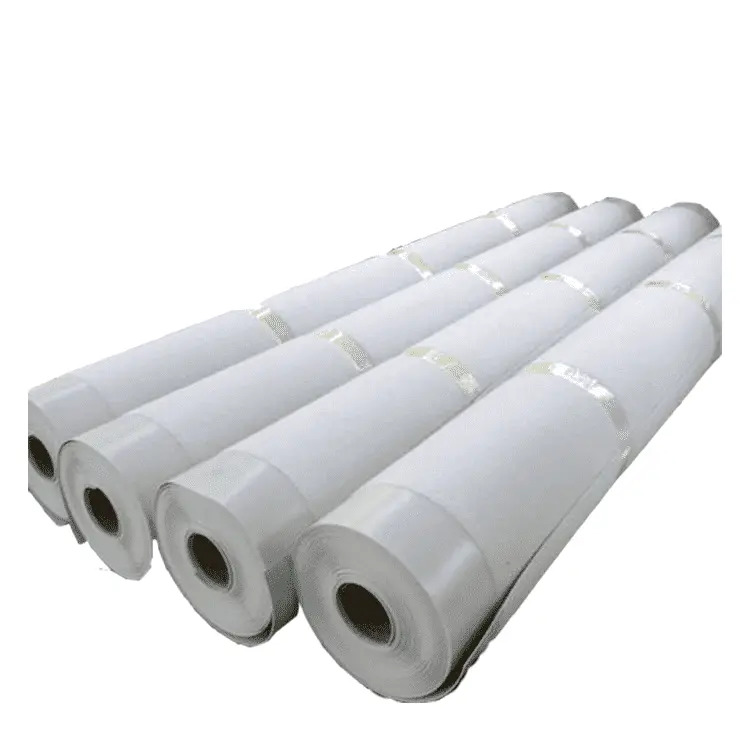

- Features of TPO membranes:
- TPO (Thermoplastic Olefin) waterproofing membranes are a type of single-ply roofing membrane that is composed of a blend of rubber and plastic materials. This combination creates a material that is resistant to UV radiation, ozone, and other environmental factors. TPO membranes are available in a variety of colors and thicknesses, allowing for flexibility in design and application. The smooth surface of TPO membranes resists dirt and algae growth, making them easy to maintain. Additionally, TPO membranes are lightweight, which makes them easy to transport and install.
- Advantages of TPO waterproofing membranes:
- One of the biggest advantages of TPO membranes is their energy efficiency. TPO membranes are designed to reflect heat and UV radiation away from the building, which can reduce energy costs. They also have a long lifespan, lasting up to 30 years or more with proper installation and maintenance. TPO membranes are environmentally friendly, as they can be recycled at the end of their lifespan.
- Limitations of TPO membranes:
- While TPO waterproofing membranes offer many benefits, they do have some limitations. TPO membranes can be more susceptible to punctures and tears than some other types of roofing materials, which means they require careful installation and regular maintenance. They can also be more difficult to install in cold weather, as the material can become brittle and more prone to cracking.
- Applications of TPO waterproofing membranes:
- TPO membranes are ideal for use in a variety of commercial and industrial roofing applications. They can be installed on flat or sloped roofs, and their flexibility in design and application makes them suitable for use on a wide range of buildings. TPO membranes are also commonly used in the construction of green roofs, as their energy efficiency and environmentally friendly properties make them a popular choice.
HDPE Waterproofing Membrane
HDPE (High-Density Polyethylene) waterproofing membranes are commonly used for waterproofing structures such as basements, foundations, and retaining walls. These membranes come with a pressure-sensitive adhesive on one side, which allows them to bond to the concrete surface. HDPE membranes are available in both pre-applied and post-applied forms. Pre-applied membranes are bonded to the concrete during the construction process, while post-applied membranes are installed after the construction is completed. The flexibility of HDPE membranes allows them to adapt to the movements of the underlying structure, which helps to prevent cracking and splitting.
The use of HDPE waterproofing membranes can help to improve the overall durability and lifespan of the structure by protecting it from water damage and other environmental factors. HDPE membranes are highly resistant to chemicals, UV radiation, and other environmental factors, making them a durable and cost-effective solution for waterproofing applications. They are also resistant to punctures and tears, providing long-lasting protection against water damage.
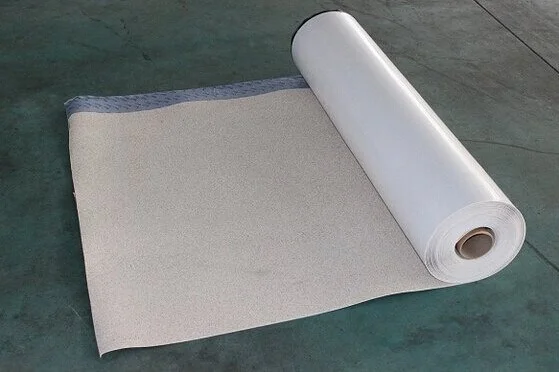

- Features of HDPE waterproofing membranes:
- HDPE (High-density polyethylene) membranes are popular waterproofing solutions in the construction industry. HDPE membranes are highly durable and resistant to punctures and tears, making them suitable for use in high traffic areas. These membranes also have a pressure-sensitive adhesive on one side, which enables them to be easily bonded to concrete surfaces. This feature makes the installation process faster and more convenient, as it eliminates the need for additional bonding agents.
- Advantages of HDPE membranes:
- One of the main advantages of HDPE waterproofing membranes is their flexibility. They can easily adapt to the movements of the underlying structure without cracking or becoming brittle. This makes them ideal for use in areas that are prone to movement, such as bridges, tunnels, and retaining walls. Moreover, HDPE membranes provide long-lasting protection against water damage, which can save time and money in the long run.
- Limitations of HDPE waterproofing membranes:
- While HDPE membranes are highly durable and flexible, they do have some limitations. For instance, they are not resistant to UV radiation, which can cause them to degrade over time if they are exposed to direct sunlight. HDPE membranes are also vulnerable to damage from certain chemicals, such as hydrocarbons and solvents. This means that they may not be suitable for use in areas where these substances are present.
- Applications of HDPE membranes:
- HDPE waterproofing membranes are commonly used in a variety of applications, including foundation walls, plaza decks, tunnels, and water storage reservoirs.
PVC waterproofing Membrane:
PVC (Polyvinyl Chloride) waterproofing membrane is a popular single-ply roofing solution that has been used in the construction industry for several decades. It is made of a synthetic polymer that is highly flexible and can be easily manufactured in different thicknesses, colors, and textures. PVC membrane is known for its durability, energy efficiency, and resistance to environmental factors, making it a highly suitable roofing solution for commercial and industrial buildings.
PVC waterproofing membrane is a preferred choice for flat or low-sloped roofing applications due to its ability to provide excellent protection against water infiltration and other environmental factors. It is highly reflective and energy efficient, which can help reduce the cooling costs of a building. The use of PVC membranes in roofing also helps to reduce the carbon footprint of a building, as it is a highly recyclable material. PVC membranes are also relatively lightweight, making them easier to install and transport compared to other roofing materials.
In conclusion, PVC waterproofing membrane is a highly versatile and durable roofing solution that offers a range of benefits. Its ability to resist environmental factors, reduce energy costs, and its lightweight nature makes it an ideal choice for many commercial and industrial roofing applications. With proper installation and maintenance, PVC membranes can provide long-lasting and sustainable protection for a building.
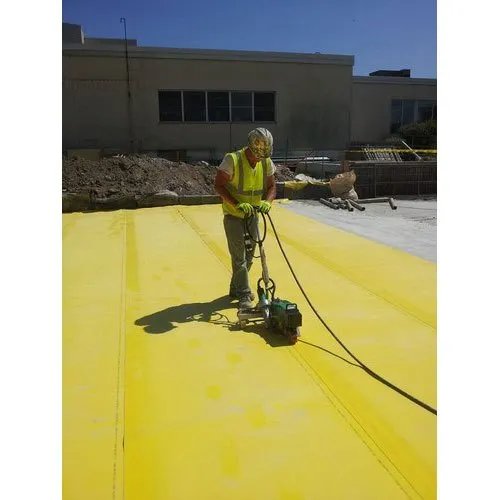

- Features of PVC Membrane:
- PVC (Polyvinyl Chloride) waterproofing membranes are a type of single-ply roofing membrane that is composed of a synthetic polymer. PVC membranes are highly flexible and can be manufactured in a variety of thicknesses, colors, and textures, making them suitable for a wide range of roofing applications. They are also highly resistant to chemicals, UV radiation, and environmental factors, which makes them an ideal solution for roofing in harsh weather conditions.
- Advantages of PVC Membrane:
- PVC membranes offer many advantages, such as their energy efficiency. PVC membranes are designed to reflect heat and UV radiation away from the building, which can reduce energy costs. They also have a long lifespan, lasting up to 20 years or more with proper installation and maintenance. PVC membranes are highly resistant to fire, punctures, and tears, which makes them a safe and durable choice for roofing applications. They are also relatively lightweight, which makes them easy to transport and install.
- Limitations of PVC Membrane:
- While PVC waterproofing membranes offer many benefits, they do have some limitations. PVC membranes are less flexible in cold temperatures, which can make them prone to cracking or splitting. They are also less environmentally friendly than some other types of roofing materials, as they are composed of synthetic materials that are not biodegradable.
- Applications of PVC Membrane:
- PVC membranes are ideal for use in a variety of commercial and industrial roofing applications, including flat or low-sloped roofs. They are commonly used in the construction of schools, hospitals, and other public buildings due to their fire resistance and durability. PVC membranes are also suitable for use in green roof systems, as their energy efficiency and reflective properties make them a popular choice for sustainable roofing solutions.
CPE waterproofing Membrane:
CPE (Chlorinated Polyethylene) membrane is a synthetic waterproofing solution that is widely used in the construction industry. CPE is a thermoplastic elastomer that is highly resistant to chemicals, UV radiation, and extreme temperatures, making it an ideal choice for roofing and waterproofing applications.
CPE waterproofing membranes are highly flexible and can be easily molded into different shapes, sizes, and thicknesses, depending on the requirements of the project. They are also highly durable, with a long lifespan that can exceed 30 years, depending on the installation and maintenance practices.
CPE membranes are used in a variety of applications, including roofing, foundations, tunnels, and underground structures. They are also commonly used in swimming pool linings, where they provide excellent protection against water infiltration and chemical damage. In addition, CPE membranes are highly resistant to punctures and tears, making them a reliable choice for waterproofing applications that require high levels of durability and performance.
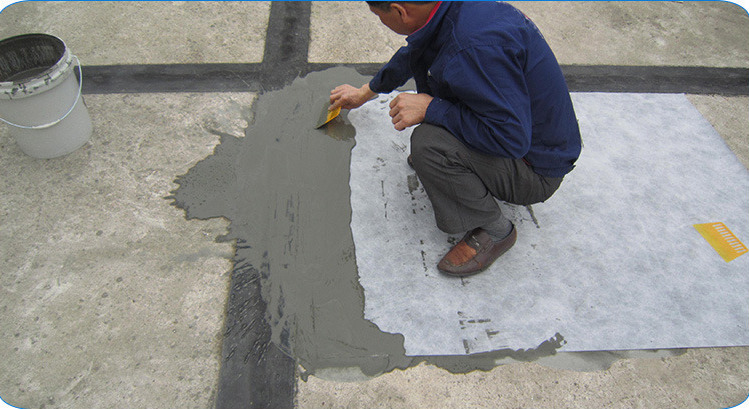

- Features of CPE Membrane:
- CPE (Chlorinated Polyethylene) membrane is a synthetic waterproofing solution that is highly resistant to chemicals, UV radiation, and extreme temperatures. CPE is a thermoplastic elastomer that is highly flexible and can be easily molded into different shapes, sizes, and thicknesses, depending on the requirements of the project. CPE membranes are also highly durable, with a long lifespan that can exceed 30 years, depending on the installation and maintenance practices.
- Advantages of CPE Membrane:
- CPE membranes offer many advantages, such as their excellent resistance to chemicals, UV radiation, and extreme temperatures. This makes them an ideal choice for use in harsh weather conditions, as well as in applications that require high levels of chemical resistance, such as in industrial settings. CPE membranes are also highly flexible, which makes them easy to install and adapt to the contours of the underlying structure. They are also resistant to punctures and tears, which makes them a reliable choice for waterproofing applications that require high levels of durability and performance.
- Limitations of CPE waterproofing Membrane:
- While CPE membranes offer many benefits, they do have some limitations. For example, they are more expensive than some other types of waterproofing membranes, which can be a factor for budget-conscious projects. CPE membranes are also not biodegradable, which means they may not be the most environmentally friendly option for waterproofing applications. Additionally, CPE membranes may not be suitable for use in areas where they may be exposed to high levels of UV radiation, as this can cause them to degrade over time.
- Applications of CPE Membrane:
- CPE membranes are commonly used in a variety of waterproofing applications, including roofing, foundations, tunnels, and underground structures. They are also frequently used in swimming pool linings, where they provide excellent protection against water infiltration and chemical damage. CPE membranes are also suitable for use in industrial settings, where they can provide high levels of chemical resistance against a wide range of substances.
here is a table comparing the features of APP, SBS, EPDM, TPO, HDPE, PVC, and CPE waterproofing membranes:
| Membrane Type | Features | Advantages | Limitations | Applications |
|---|---|---|---|---|
| APP | Modified bitumen, reinforced with fiberglass or polyester | UV-resistant, good for hot climates | Susceptible to cracking in cold temperatures | Roofs, foundations, and walls |
| SBS | Modified bitumen, reinforced with fiberglass or polyester | Flexible in cold temperatures, resistant to punctures and tears | UV-sensitive, needs protection | Roofs, foundations, and walls |
| EPDM | Synthetic rubber | Resistant to UV radiation, ozone, and weathering | Not resistant to hydrocarbons or solvents | Roofs, ponds, and green roofs |
| TPO | Thermoplastic olefin | Energy efficient, resistant to UV radiation, and chemicals | Limited track record for longevity | Roofs and walls |
| HDPE | High-density polyethylene | Resistant to punctures and tears, pressure-sensitive adhesive for easy installation | Not resistant to UV radiation or certain chemicals | Foundations, plaza decks, tunnels, and landfill liners |
| PVC | Polyvinyl chloride | Energy efficient, highly resistant to chemicals and weathering | Less flexible in cold temperatures, less environmentally friendly | Roofs, green roofs, and public buildings |
| CPE | Chlorinated polyethylene | Highly resistant to chemicals, UV radiation, and extreme temperatures | More expensive, not biodegradable | Roofs, foundations, tunnels, and swimming pool linings |
Note: This table is intended to provide a general overview of the features, advantages, limitations, and applications of each membrane type. It is important to note that specific brands and formulations of each membrane type may have unique features and limitations that are not represented in this table. It is recommended to consult with a waterproofing professional to determine the best membrane type for a specific project.
Conclusion:
In conclusion, choosing the right type of waterproofing membrane is essential for ensuring the long-term durability and effectiveness of a building’s structure. Each type of preformed waterproofing membrane offers its own unique features, advantages, and limitations, which must be taken into consideration when selecting the best solution for a particular project.
At Geoliz Waterproofers Pvt. Ltd., we understand the importance of selecting the right waterproofing system for each project. With our expertise and knowledge of the latest technology and materials available in the industry, we can help our clients identify the best waterproofing solutions for their specific needs. Our team of experienced professionals can provide comprehensive assessments, recommendations, and customized solutions to ensure that each project receives the highest level of protection against water damage and other environmental factors.
We offer a wide range of services, including waterproofing for roofs, basements, terraces, and swimming pools, as well as various civil engineering applications. Our goal is to provide our clients with the highest quality waterproofing solutions that meet their specific requirements and budget. Contact us today to learn more about our services and how we can help you select the right waterproofing system for your project.
GEOLIZ WATERPROOFERS PVT. LTD.
Waterproofing Products & Services Guide
For details on other waterproofing products & Services

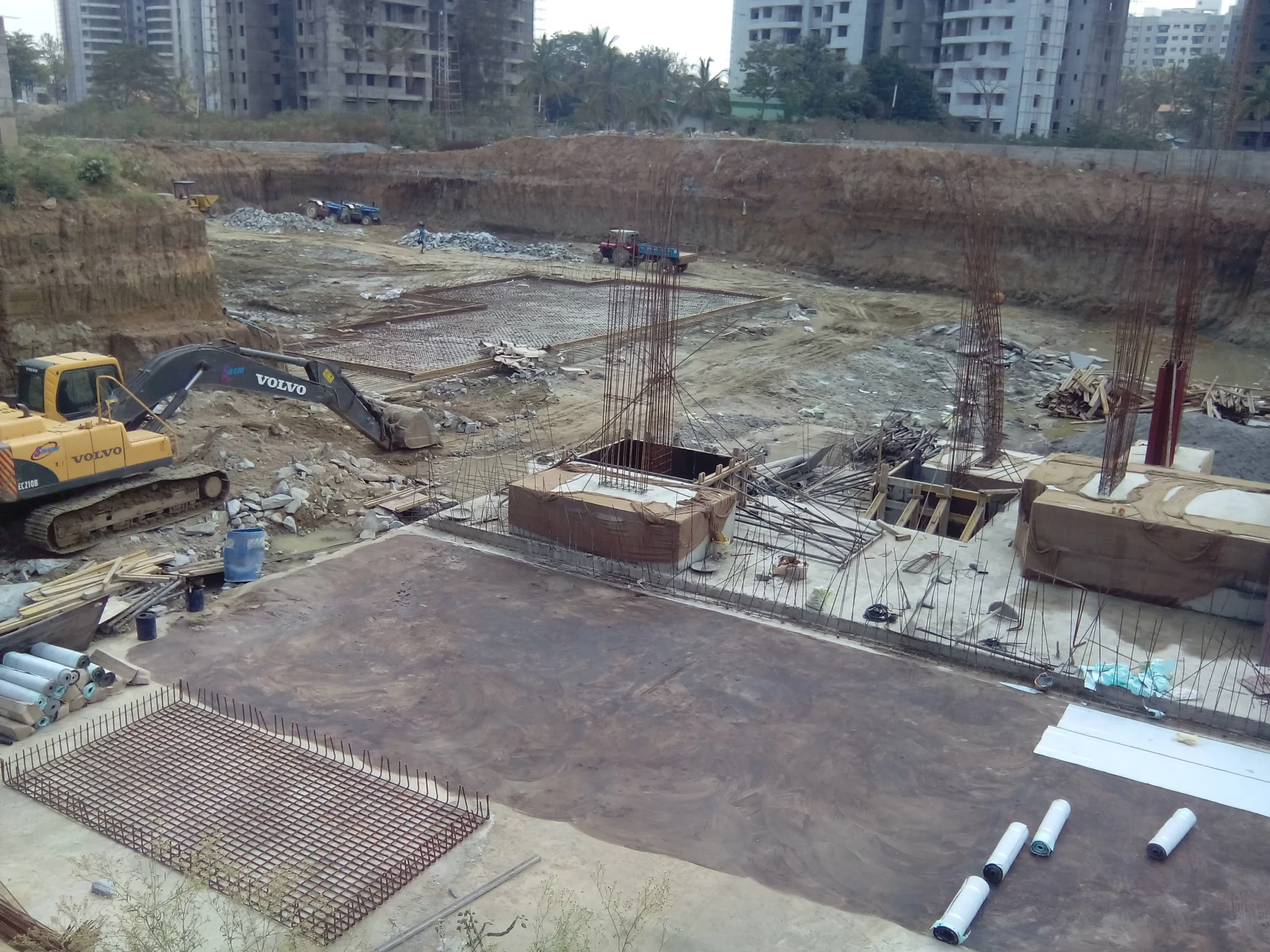
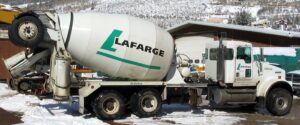
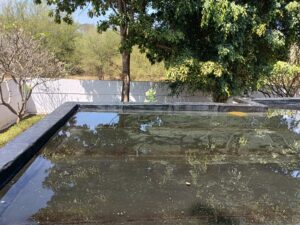
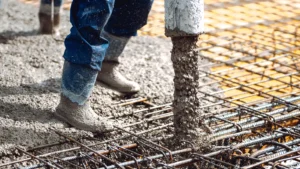
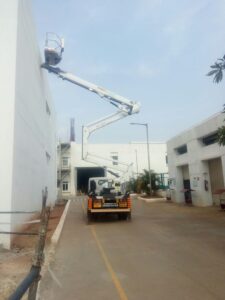
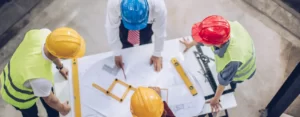
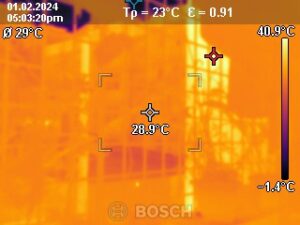
Appreciate this thorough comparison of preformed waterproofing membranes. The clarity in explaining each type’s pros and cons, especially in diverse construction scenarios, is super helpful. This article is a great guide for making informed choices in waterproofing solutions.